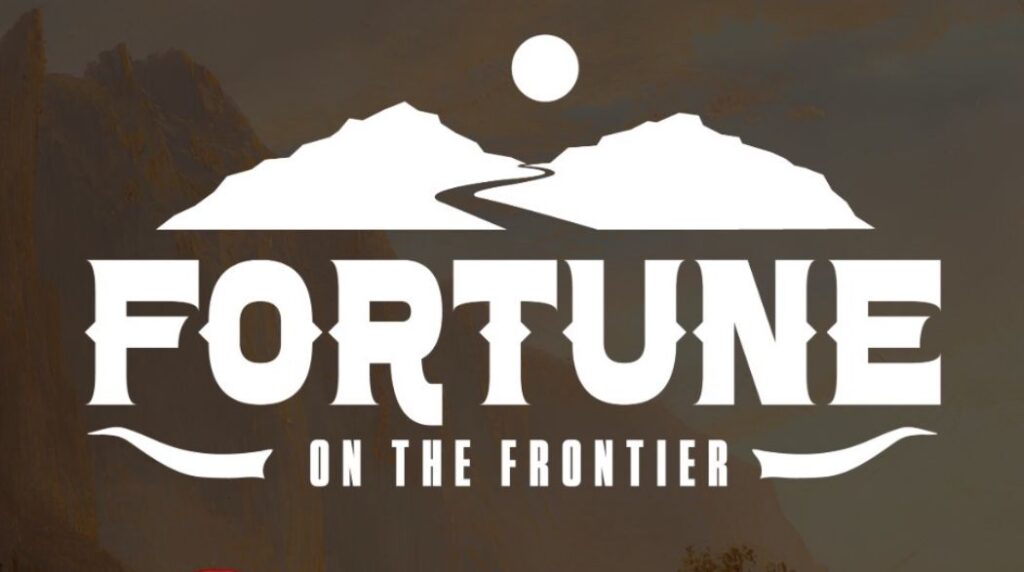
Game Design/Level Design
Introduction
A exploration platformer in first person with puzzles, hazards and integration with mobile devices. That’s the main idea of Fortune on the Frontier. Being challenged with a VR game where players bot VR and mobile devices face each other was a fun and challenging experience. I was responsible to update the documentation, work on 3D models and Level design of the level that later would become the demo of the game.
Game Design / Project Management
Project Details
Team:
1 – Game Designer
1 – Level Designer
1 – Programmer
1 – Producer
2 – 3D artist
Overview
The game happens on the 1900’s in a mine town. Players had to enter the dungeons and survive a series of challenges that the mobile players would create by interacting with items in the map. Either activating traps or natural events, the mobile players would face the VR players and challenge each other into a frenetic and exciting adventure.
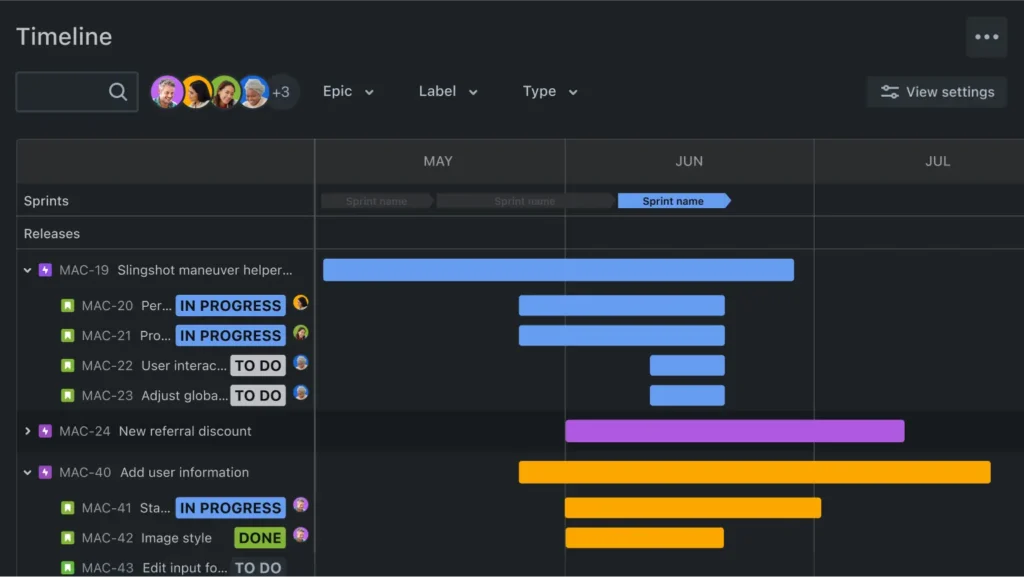
Implementing AGILE
Noticing the gaps on the development, I started implemented the AGILE method, so we could keep the development under control and keep the tickets rolling when done. I implemented Jira as our source of team tickets control, and with that, the teams were better connected and communicative over their tasks.
Identifying needs:
The game needed the creation of new mechanics for the mobile platform, where the player could keep entertained while doing the tasks. To make sure we could complete this task, I started creating tasks for the player to activate the traps that create the challenge for the VR player.
HUD
Another detail is that the Mobile Hud was a little bit lacking of native feeling. Redesigning the view for the mobile player was a simple task, once I’ve been working and playing mobile games for the past 5 years since 2019. The Hud should show which areas of the level the mobile player could access the traps tasks. After selecting the player would be sent to the task screen where they will have to play a mini game and complete as most as possible of the task and the points would go through the difficulty level of the trap for the VR player. The mobile game should be played on landscape more to better use of the Hud.
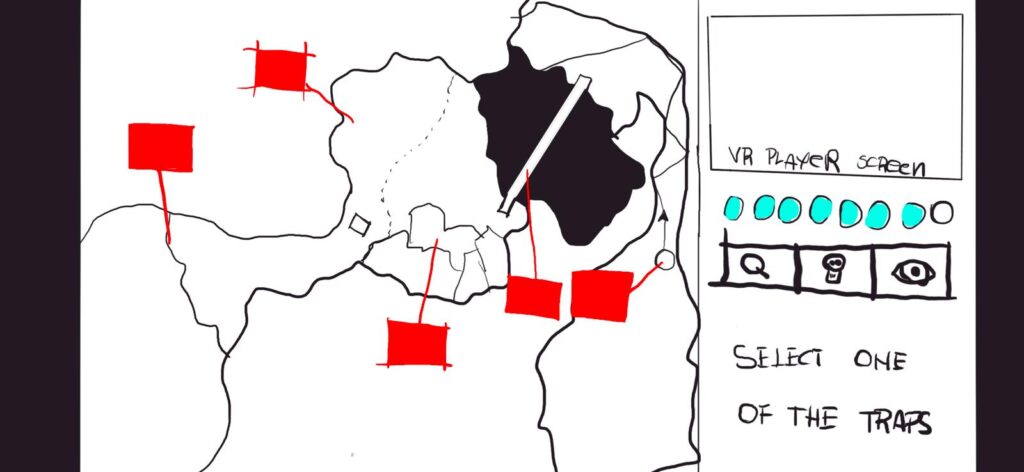
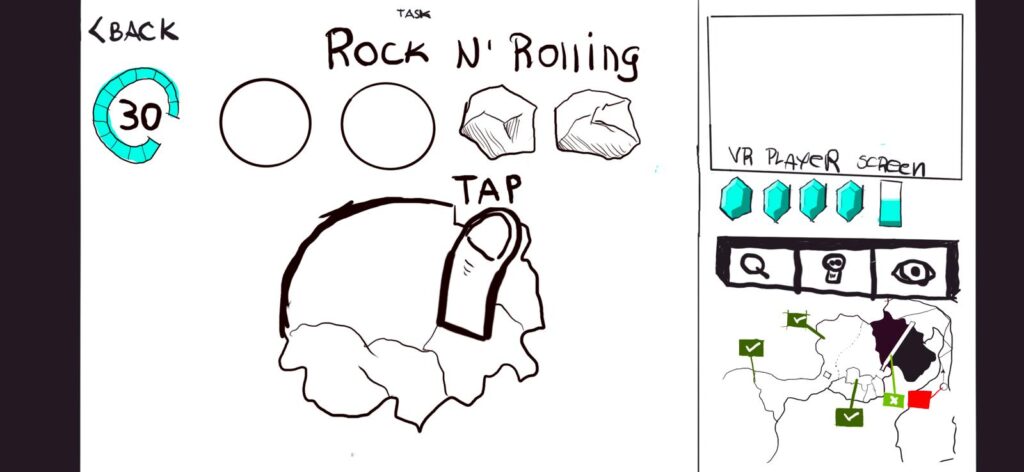
Traps mechanics
After selected, the players would need to complete the task on the time showed on the top left of the screen. In this example, rocks would roll down while the player try to pass the area without being smashed by them. In this case, the mobile players should carve the rocks to make them rounded so they could roll towards the players. The mechanics include tapping the screen on the borders of the rocks to model them into the spheres. Every time the player tap, they score points and the phone vibrates to give the feeling of breaking the stone. Once finished, the stone beside the timing would turn into a sphere and the player will go automatically to the next one. The blue crystals are the energy of the player, once the bar fills up it becomes a crystal that will let the mobile player make the game harder for the VR players.
Level Design and 3D Modelling
The level design is divided in three parts. The Lobby, the pre dungeon and the dungeon. When I joined the team, they already had the pre-dungeon done. The idea is to replicate an old Canadian mining town from the early 20 century with wooden houses, Saloons, barns and more. The lobby however, was located on a big town. At first the challenge was to create the inside of the room, but because of the windows, we decided to create a street that would be seen by the player in case they decide to go to the window and look around.
The Lobby
The lobby needed to be a room where the player should be able to walk around, take items on their hands, look at the window, open the drawers and interact with the specific items that will take the player to the game. Furthermore, it should have the feeling of an old building from the early 1900s. I started the research for items that would bring this feeling for the players. After research and lots of architectonic sketches, it was decided that the room would have a working table, where a newspaper would be used as the main menu for the game, the bookshelf would have books where the player could open and literally read relevant information about the game such, stories about the mines, the mining era in North America, and could go to the window and look outside, where a living city would be there, with people walking around, cars and cable cars passing by.
Because of the limited team, I decided to put my hands on the 3D modelling to help the team to rush the production of the models.


The old post office
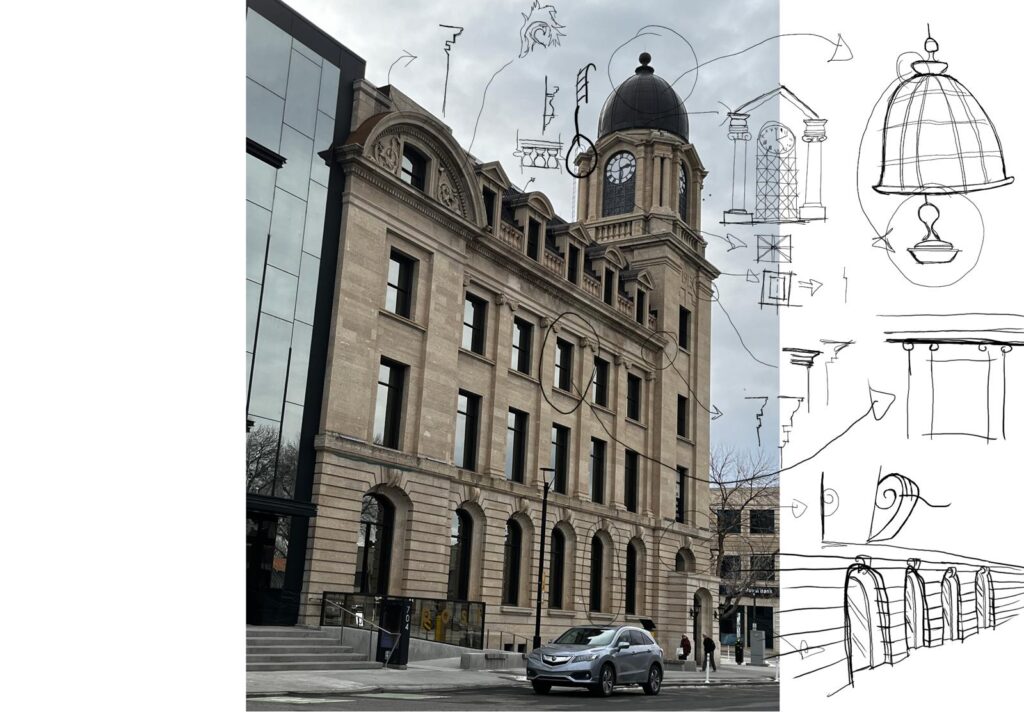
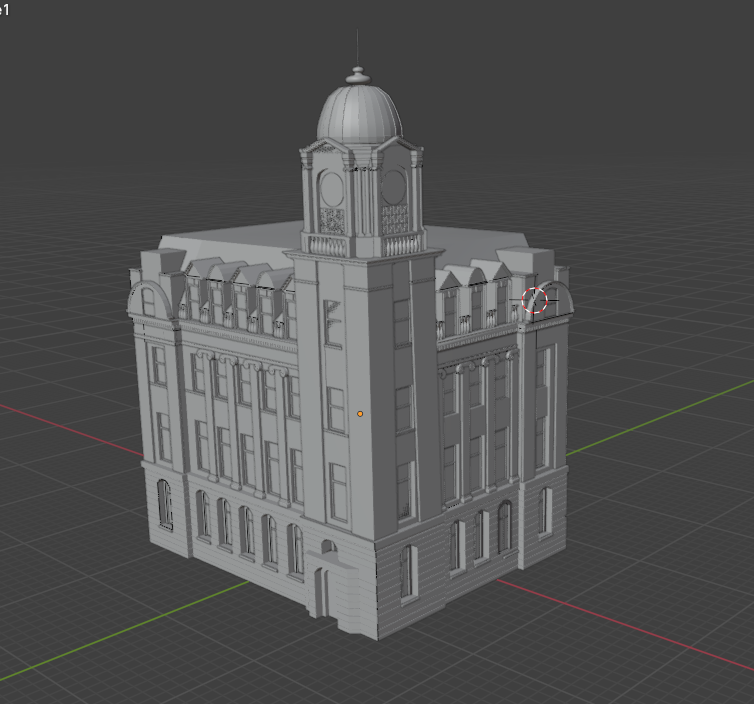
One of the details about the game is that we would need to add one reference from Lethbridge, Alberta. That that could not be other than the old Post Office Building in downtown. We needed to create something that the player could see but not touch, so there was no need to work on the interior design of the building. I went to the place, took some pictures and made some notes on important details that needed to be addressed on the modeling. The building should have the same look as the original but I was allowed to make it a little bit simpler to avoid using too much memory from the game.
The result can be seen on the picture. The building was modelled in about a week, having in mind I have been out of 3D modeling for 6 years and had to learn Blender 3D to achieve the result, the model had a good triangle count, a perfect file size and no breaks or bugs were seen on the Unreal Engine when implemented. The team decided to add the texture further ahead inside the unreal engine.
Gameplay
Overview
The gameplay was divided in two parts, one for the VR player and one for the Mobile Players. Where, obviously, the VR players would have to climb walls, look for switches to open secret passages, avoid hazards such as rocks falling, swing on ropes, and more. Where the mobile players would have to select the tasks using the area’s map and from there access a mini game that would display a task to be completed to collect points and, based on how many points they make, that specific trap would become easier or harder for the VR player to complete. The game is still under development and here’s how the game look like so far (some of the footage mechanics were implemented after my contract with them finished in may 2024). Click Here to access their Youtube channel.
